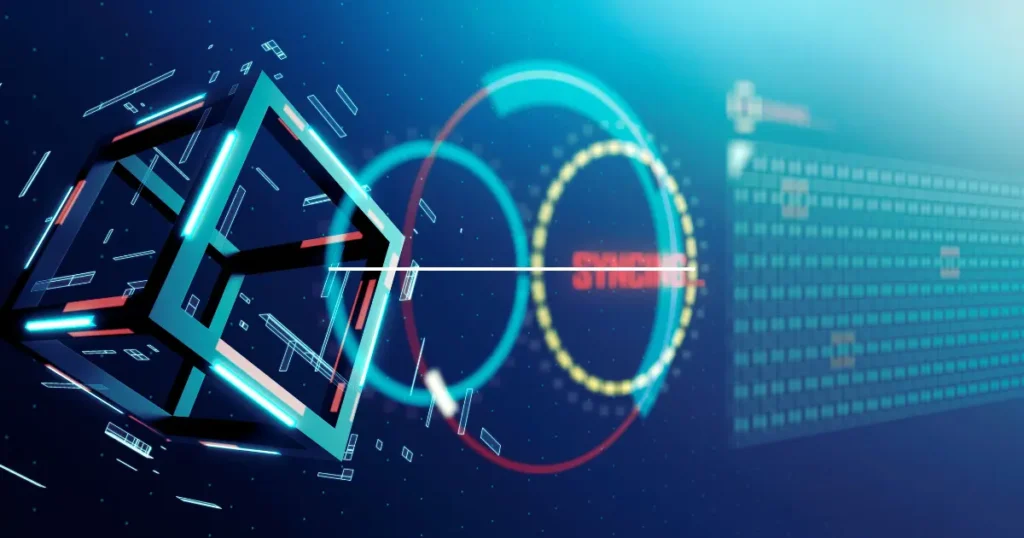Following Ethereum’s recent Pectra upgrade, Layer-2 solutions like ZK-rollups are basking in the spotlight. These solutions, which bundle transactions off-chain, are processing blocks at lightning speed, offering fast, cost-effective transactions with top-notch security. But the question remains: are they truly sufficient?
Thanks to the rise of Layer-3 infrastructure and middleware, Web3 developers are beginning to think beyond the confines of traditional solutions. The complexity of smart contracts, exorbitant costs associated with proof generation, and the issue of clunky composability are driving developers to explore alternatives to rollups.
While rollups are here to stay, Layer-3 solutions are complementing them, working in tandem to address some of the most pressing challenges faced by blockchain technology.
The Problem with Rollups
Despite the benefits of rollups in reducing network congestion, lowering transaction fees, and improving overall efficiency, they come with their fair share of drawbacks. Fragmented liquidity across Layer-2 solutions makes it difficult for applications to collaborate seamlessly. Additionally, the various types of proofs used by rollups, from ZKPs and STARKs to fraud proofs, pose risks when interacting with vulnerable smart contracts.
In essence, each rollup solution operates within its own silo, complicating cross-rollup interactions. Moreover, building on rollups requires specialized expertise and significant computational power. There has to be a better way, and indeed, there is.
Complementary Layers to the Rescue
Layer-3 chains and protocols are emerging as game-changers, enhancing the performance and scalability of DeFi and decentralized applications. Projects like Orbs act as decentralized backends, handling complex DeFi functions such as Time-Weighted Average Price (TWAP) orders without necessitating liquidity migration.
Orbs is compatible with major blockchains like Ethereum and Polygon, supporting both EVM and non-EVM smart contracts. With throughput exceeding 15,000 transactions per second, Orbs surpasses ZK-rollups in terms of scalability. Additionally, Orbs offers developer-friendly SDKs, streamlining the development process.
Radius, another Layer-3 solution, leverages Miner Extractable Value (MEV) to capture and stabilize revenue. Through its Secure Block Building (SBB) mechanism, Radius enables rollups to access MEV profits while mitigating censorship and transaction reordering risks.
EigenLayer, a middleware protocol, enhances Ethereum’s trust layer through restaking, securing over $7 billion across 39 actively validated services. Developers can stake ETH to secure multiple protocols, addressing scalability gaps and providing a flexible framework for tailored solutions.
ZK-Rollups and Layer-3s: A Perfect Pair
Layer-3 solutions do not overshadow ZK-rollups; rather, they enhance their capabilities. While rollups focus on scaling transaction throughput, Layer-3 solutions handle application-specific logic, automation, and complex coordination.
This symbiotic relationship results in a well-coordinated system where each layer fulfills its unique role. Advanced trading protocols benefit from sophisticated order types, decentralized autonomous organizations improve through real-time rebalancing, and permissioned DeFi operations run seamlessly on Layer-3 solutions.
The future of scalability lies in modularity, with middleware empowering developers to customize solutions for their applications, sidestepping the one-size-fits-all approach of rollups. Furthermore, Layer-3 solutions enhance interoperability, facilitating seamless interchain communication and data transfers.
Layer-3 solutions are not intended to replace ZK-rollups; instead, they amplify their capabilities. By addressing complex logic and coordination, Layer-3 solutions enable rollups to excel in their core functions, ushering in a future where scalability, customization, and interoperability work hand in hand.

